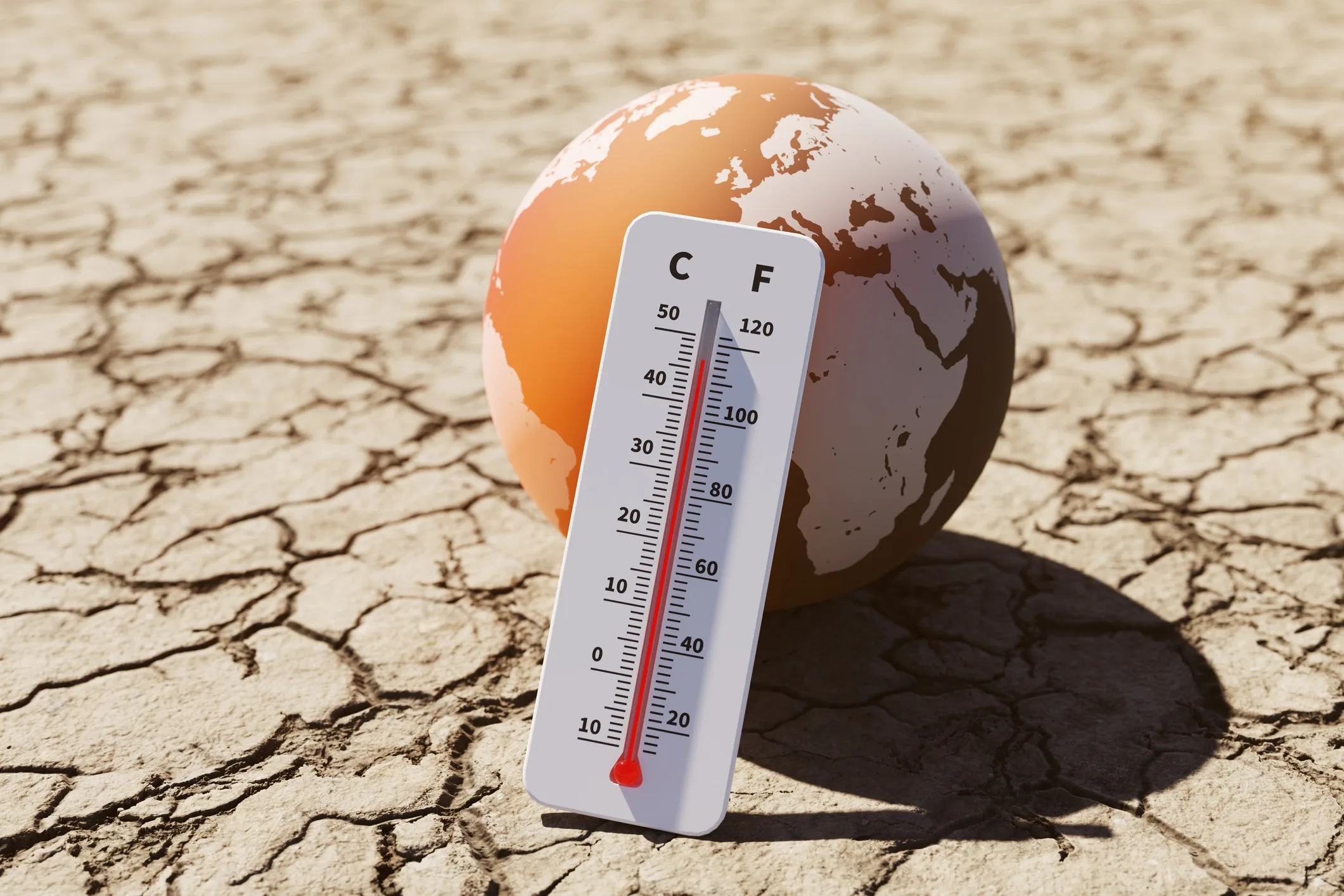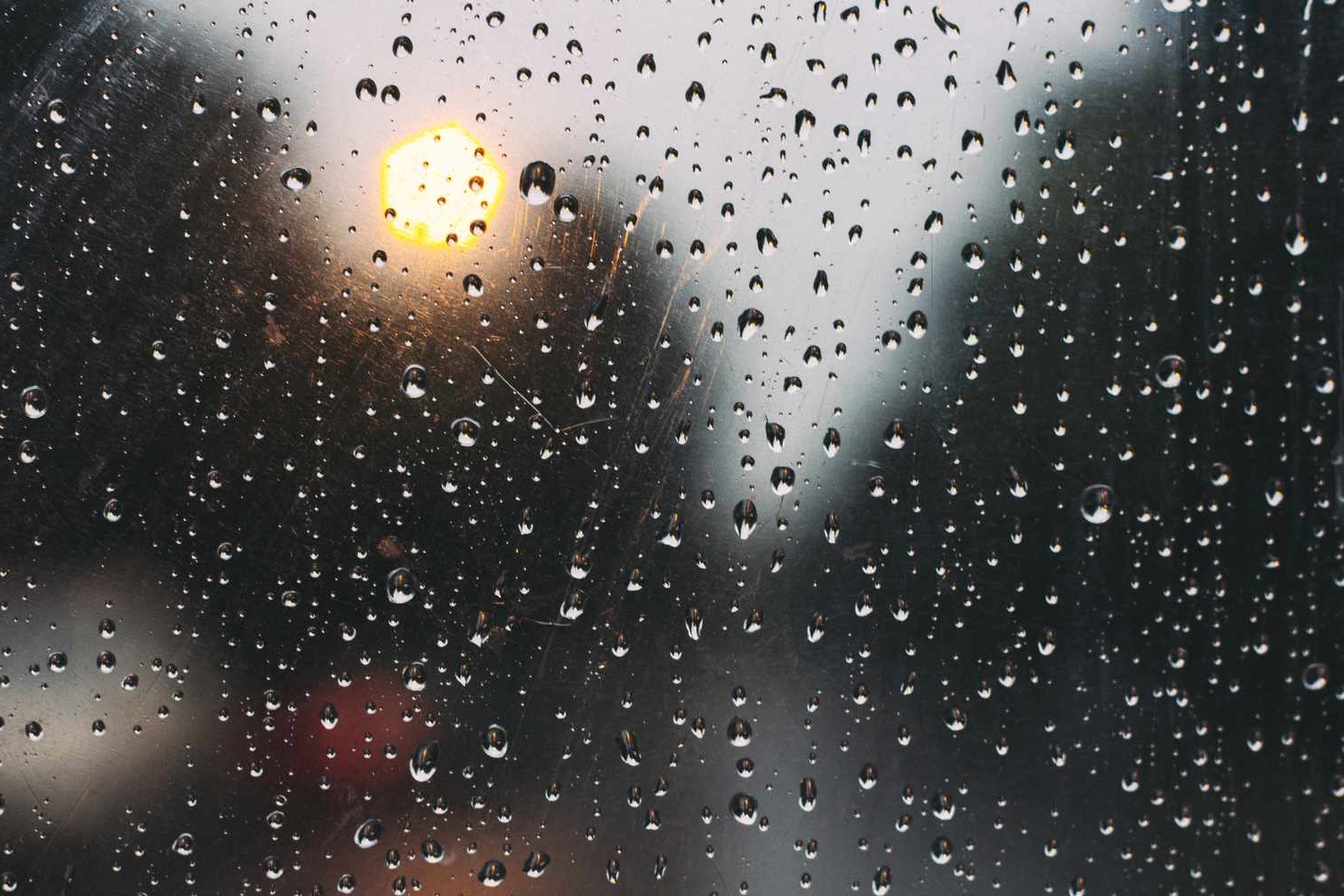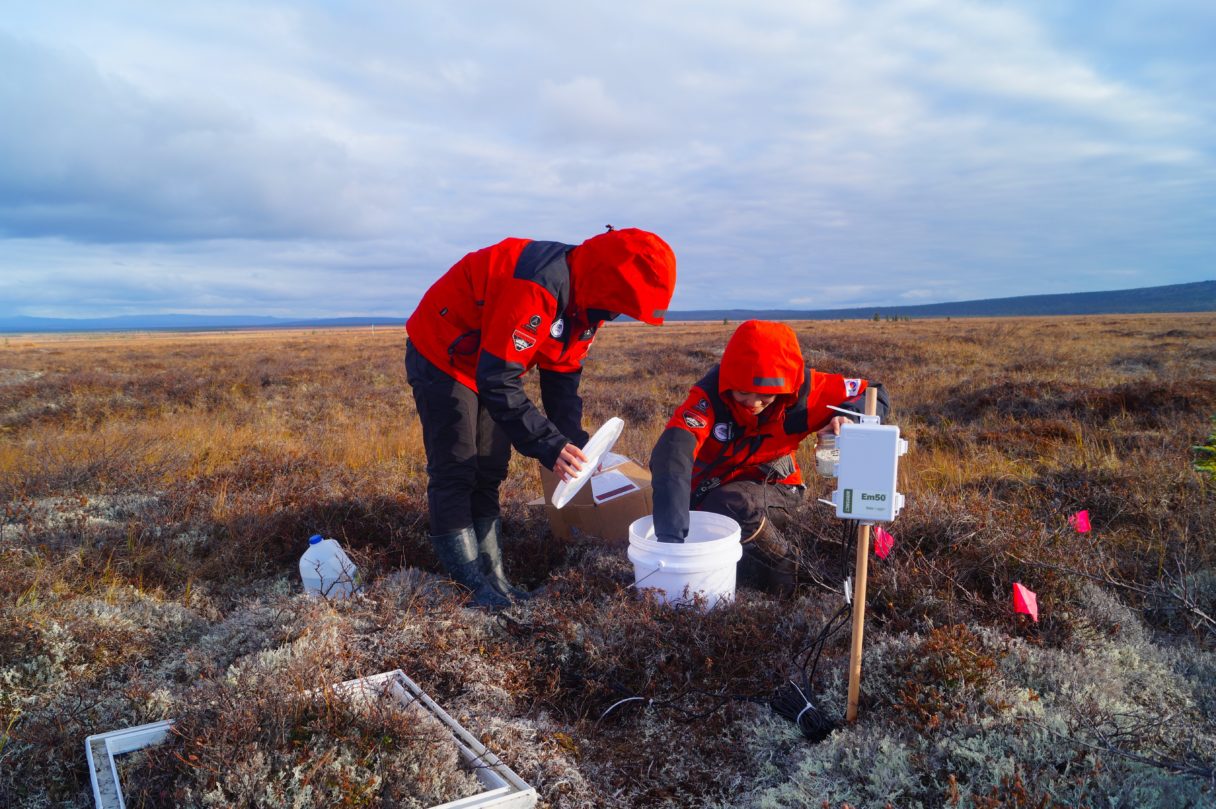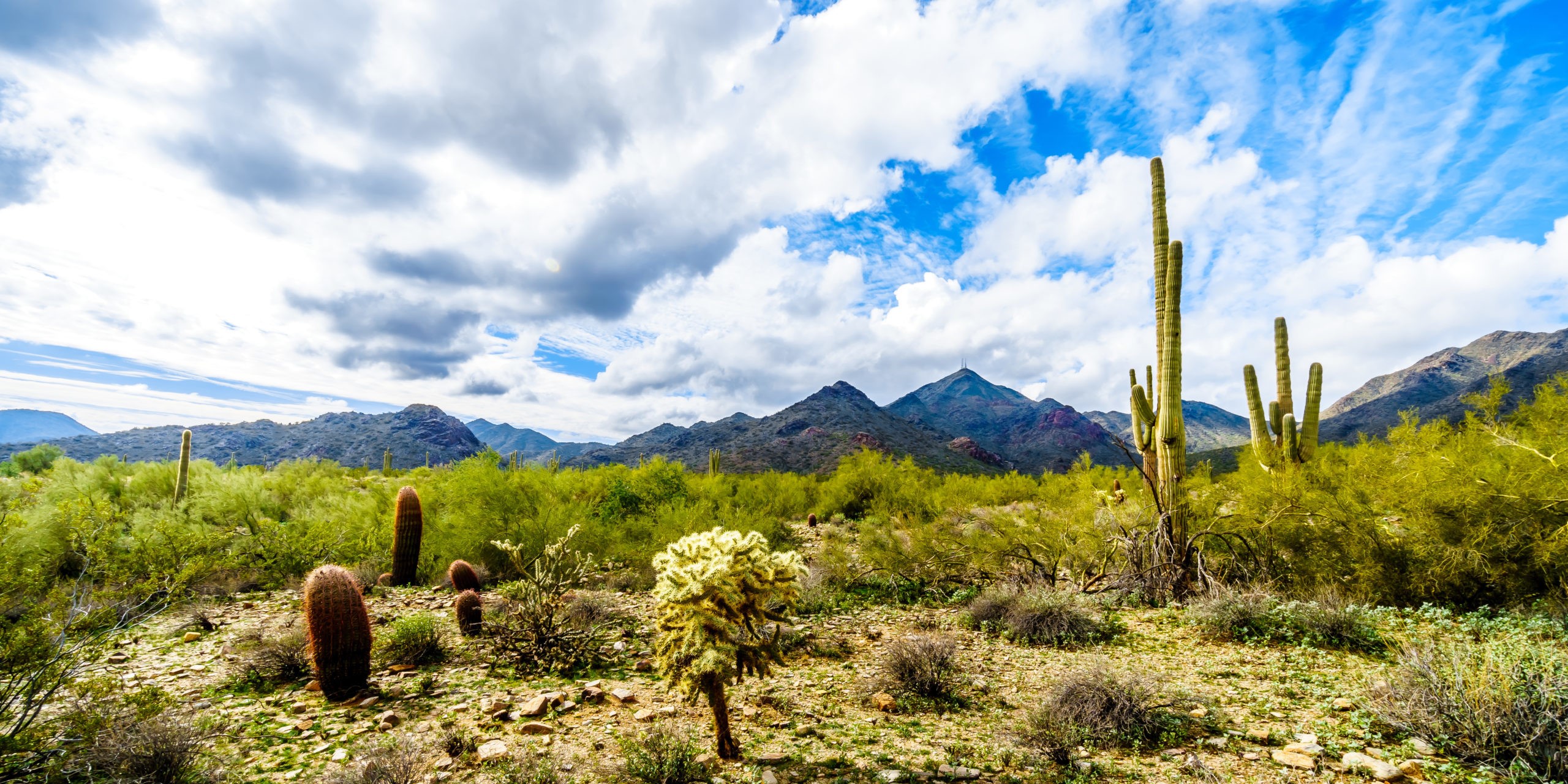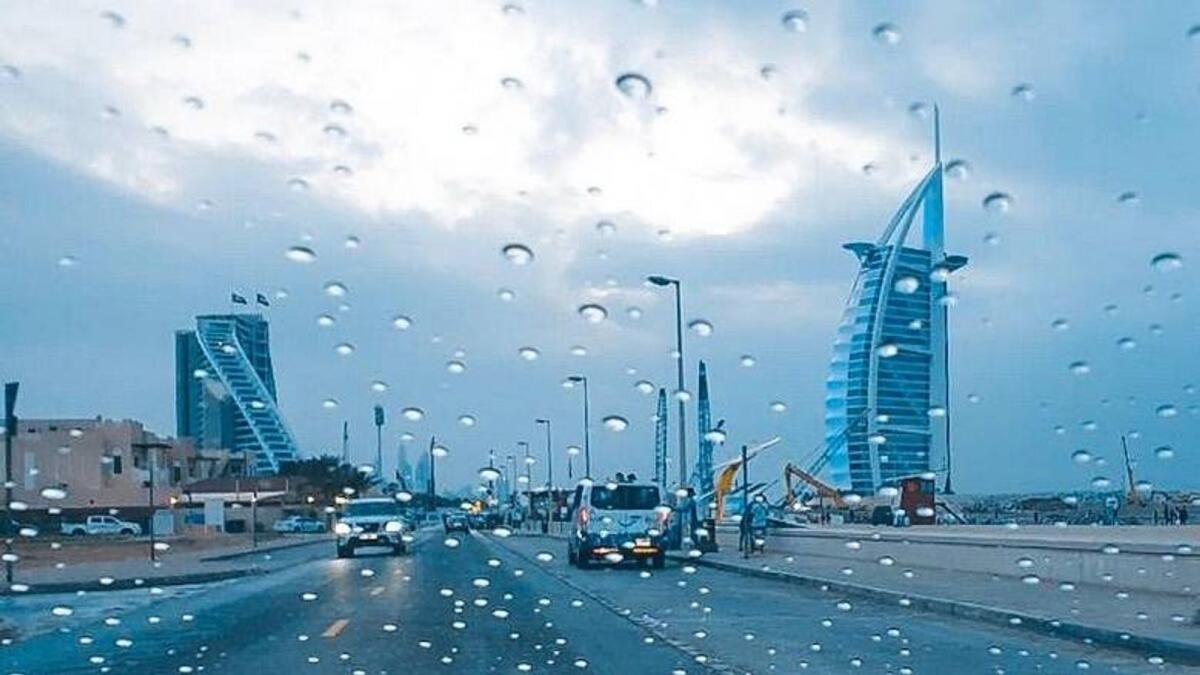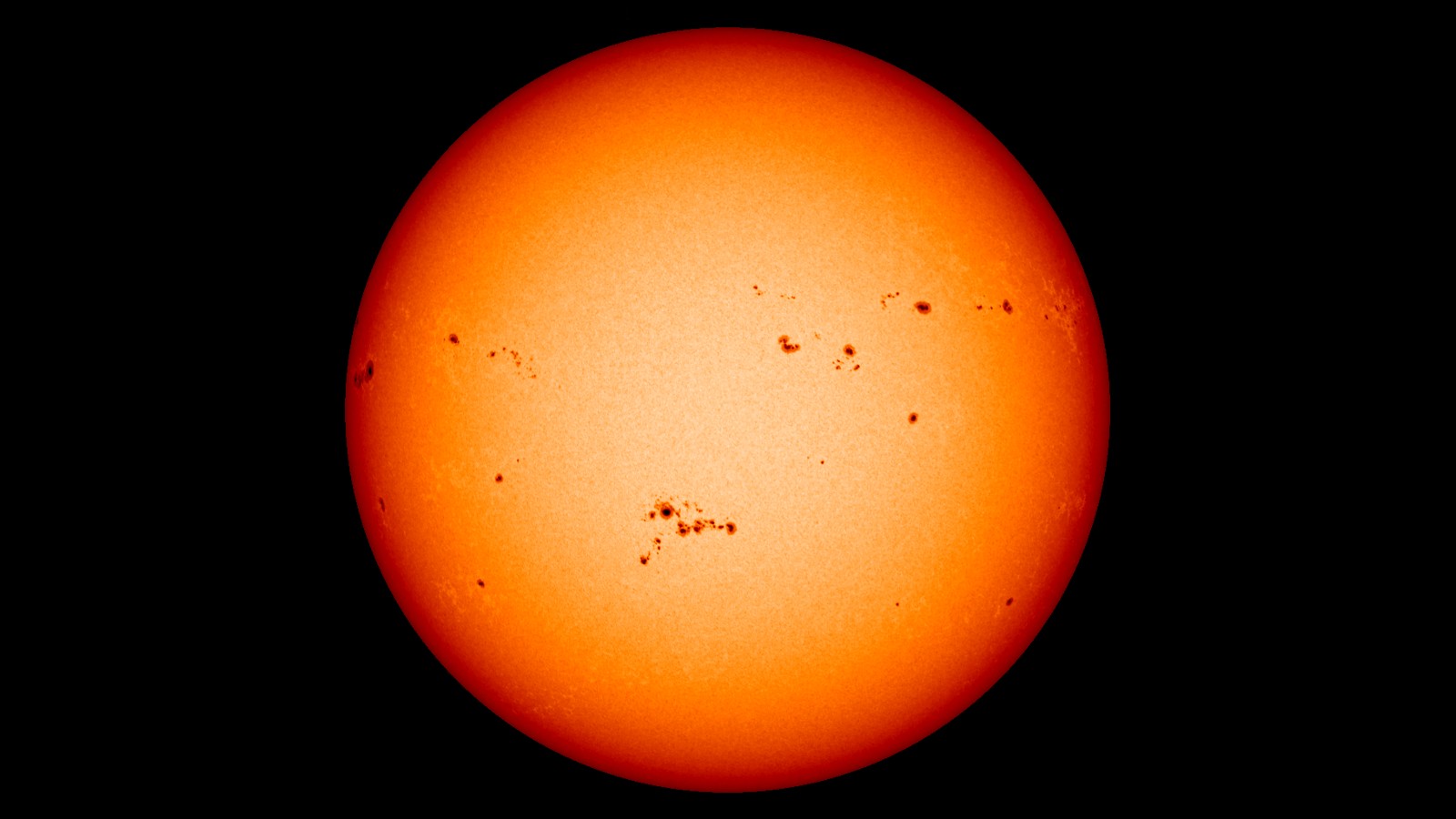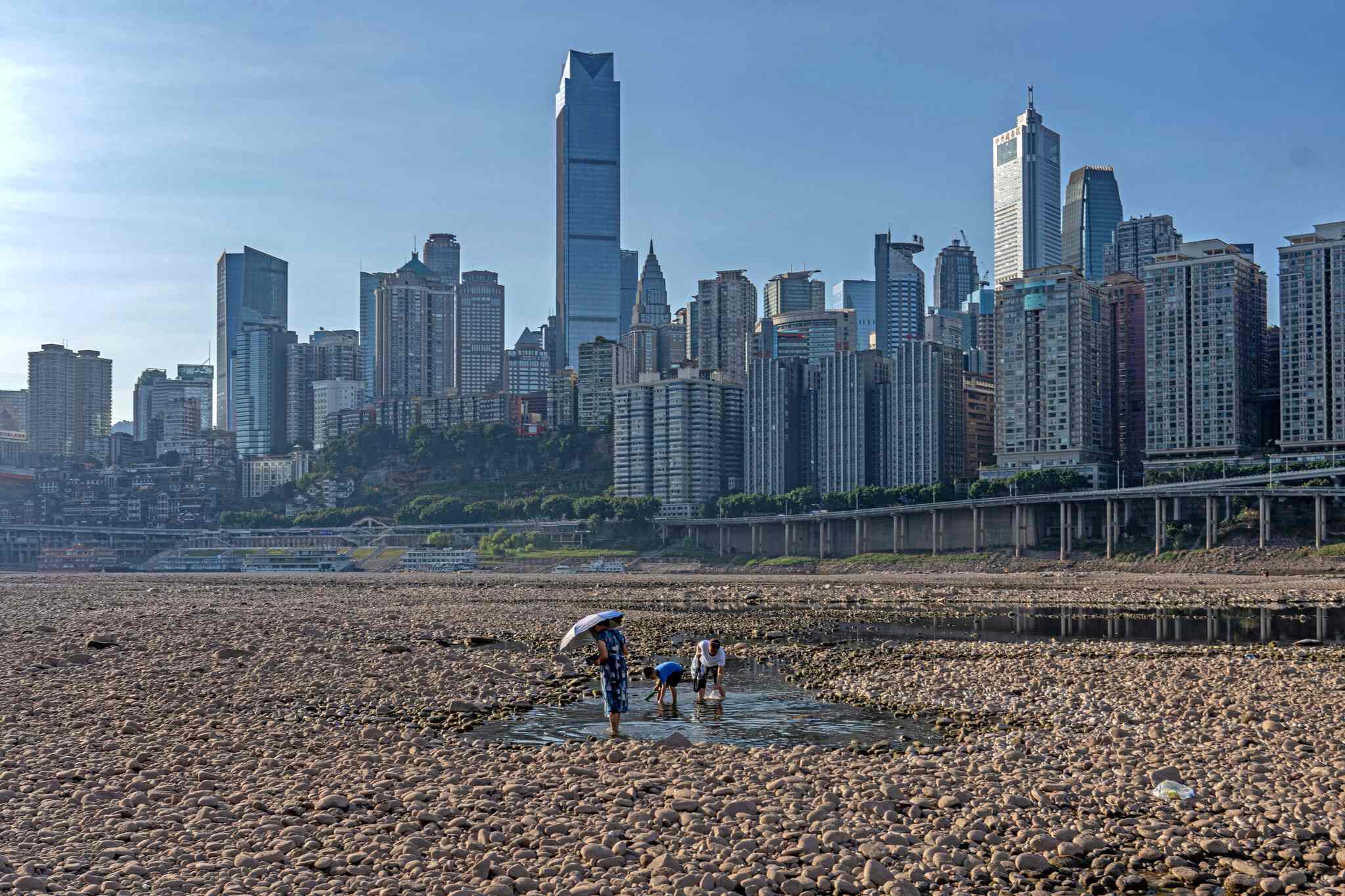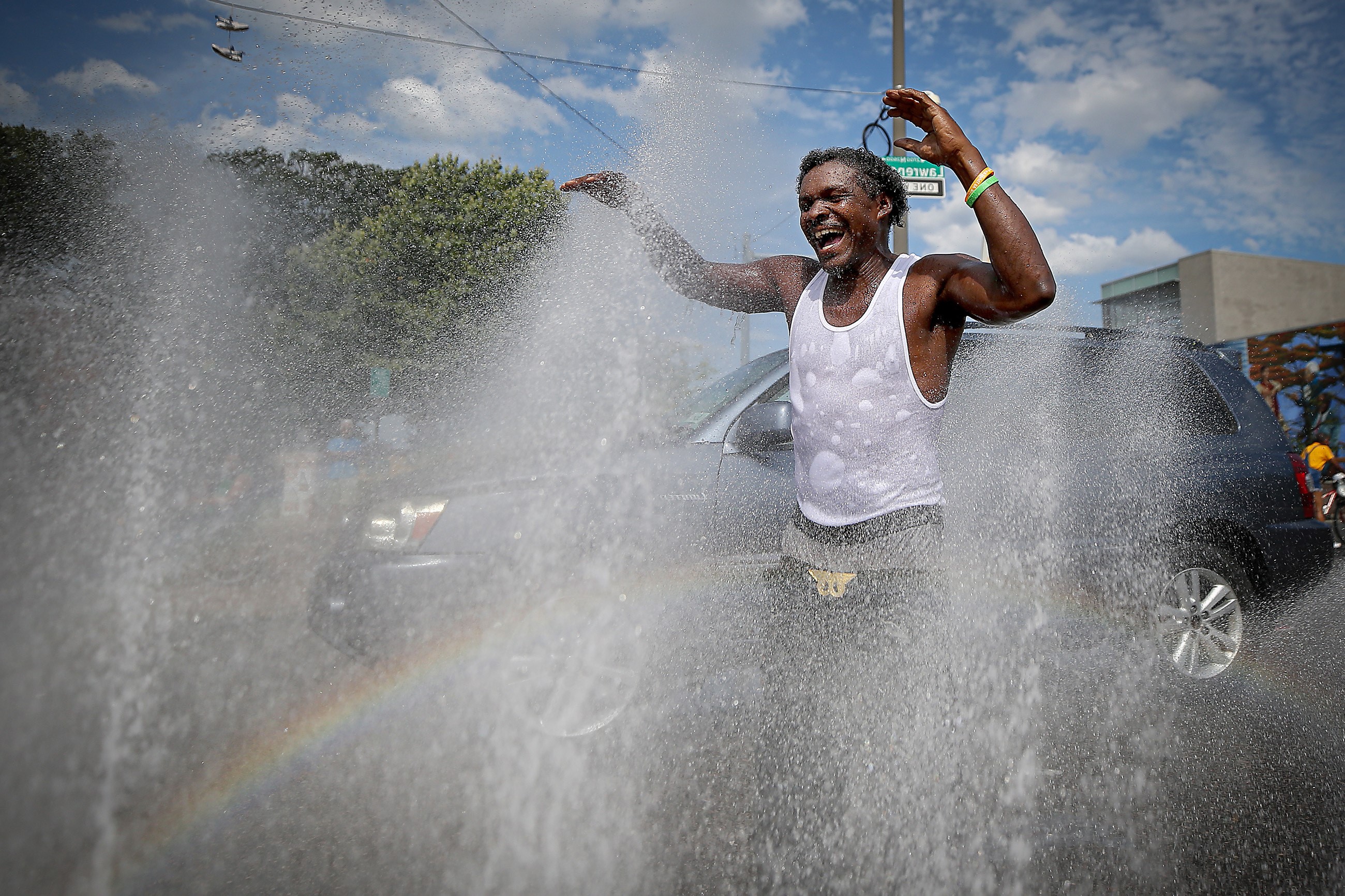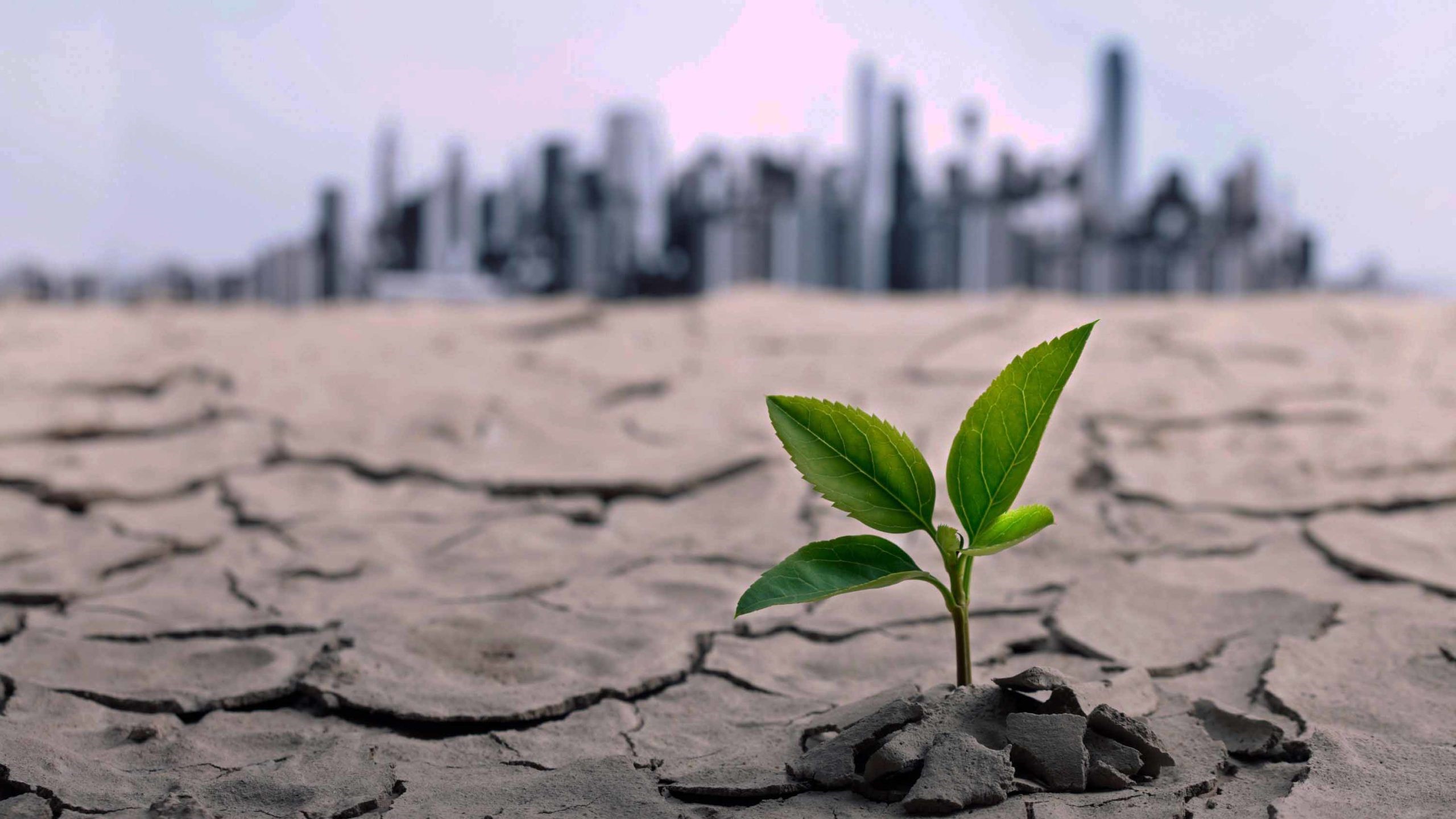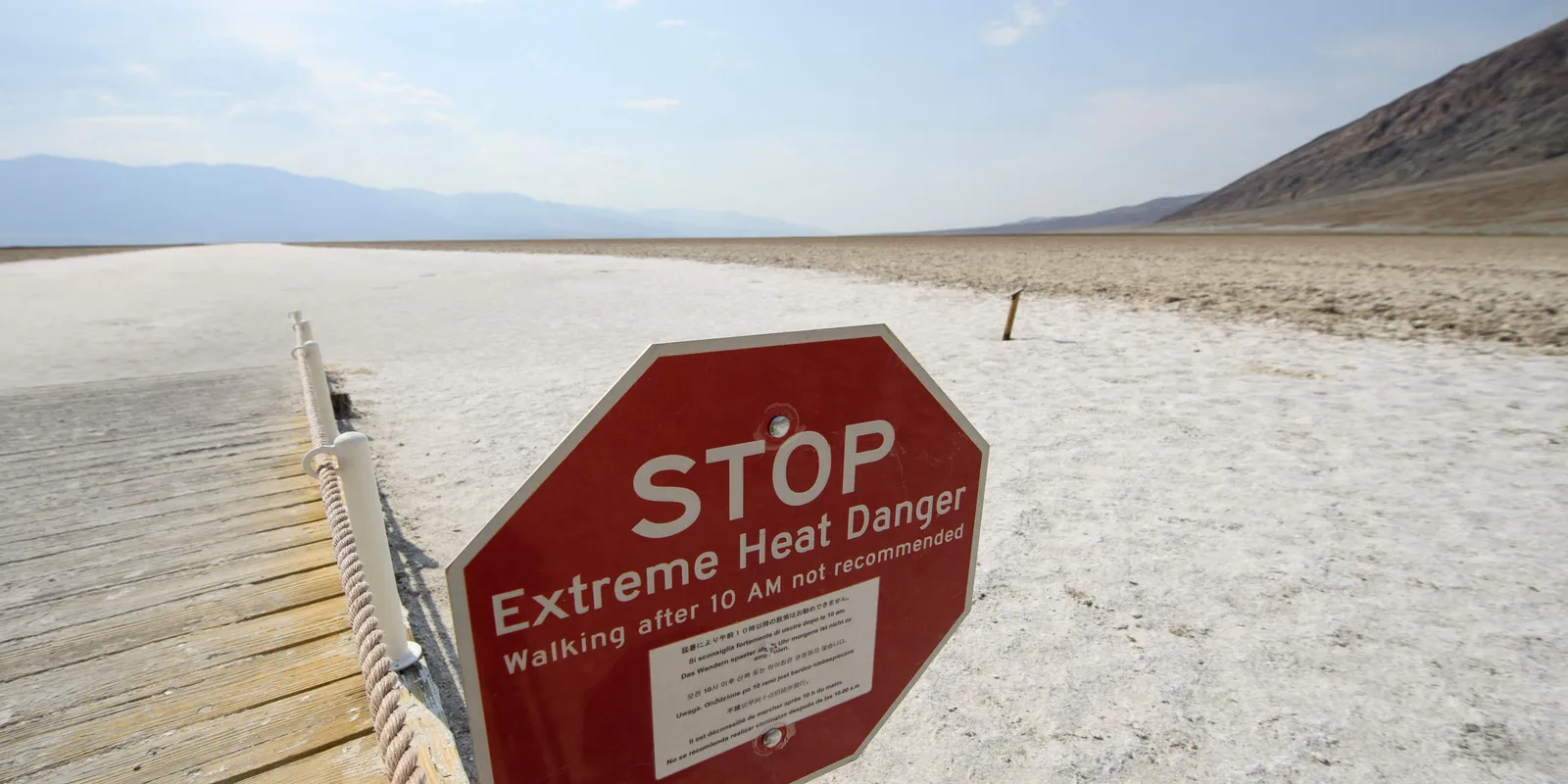Home>Weather and Climate>How Extreme Precipitation Impacts Our Environment
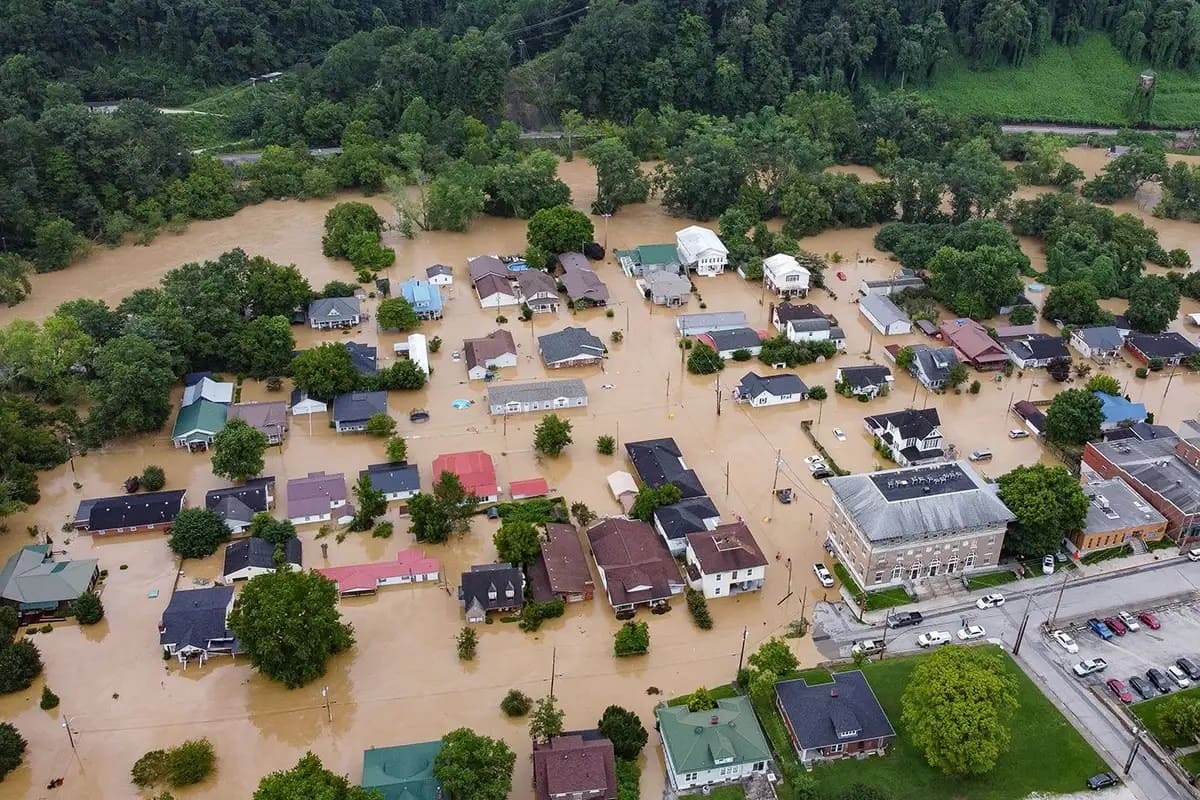

Weather and Climate
How Extreme Precipitation Impacts Our Environment
Published: June 14, 2024
Learn about the causes and impacts of extreme precipitation events in relation to weather and climate. Explore the factors behind severe weather phenomena.
(Many of the links in this article redirect to a specific reviewed product. Your purchase of these products through affiliate links helps to generate commission for Temperatures.com, at no extra cost. Learn more)
Extreme precipitation events, you know, those downpours that seem to come out of nowhere and drench everything in sight, have been catching my eye lately. I've dug into why these happen and what effects they bring along. So, let's dive in.
At their core, ##extreme precipitation events## are influenced by a mix of factors. Climate change is a big player, warming up our planet and making the atmosphere hold more moisture. Think of the air like a sponge; warmer air can soak up more water. When conditions are right, that sponge gets wrung out, resulting in heavy rain or snow.
Another factor is the natural variability of weather patterns, such as El Niño or La Niña. These can significantly alter precipitation patterns, tipping the scales toward either drought or deluge.
Now, onto impacts. Flooding is the most immediate and obvious consequence, swamping streets, homes, and fields. But there's more. These events can lead to landslides, disrupt ecosystems, and even impact our water quality. On the flip side, they replenish reservoirs and aquifers, crucial for drinking water and agriculture.
In essence, understanding these extreme events helps us prepare and adapt. Whether it's improving infrastructure or adjusting water management practices, knowledge is power when skies open up.
